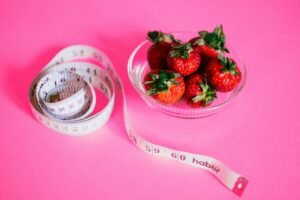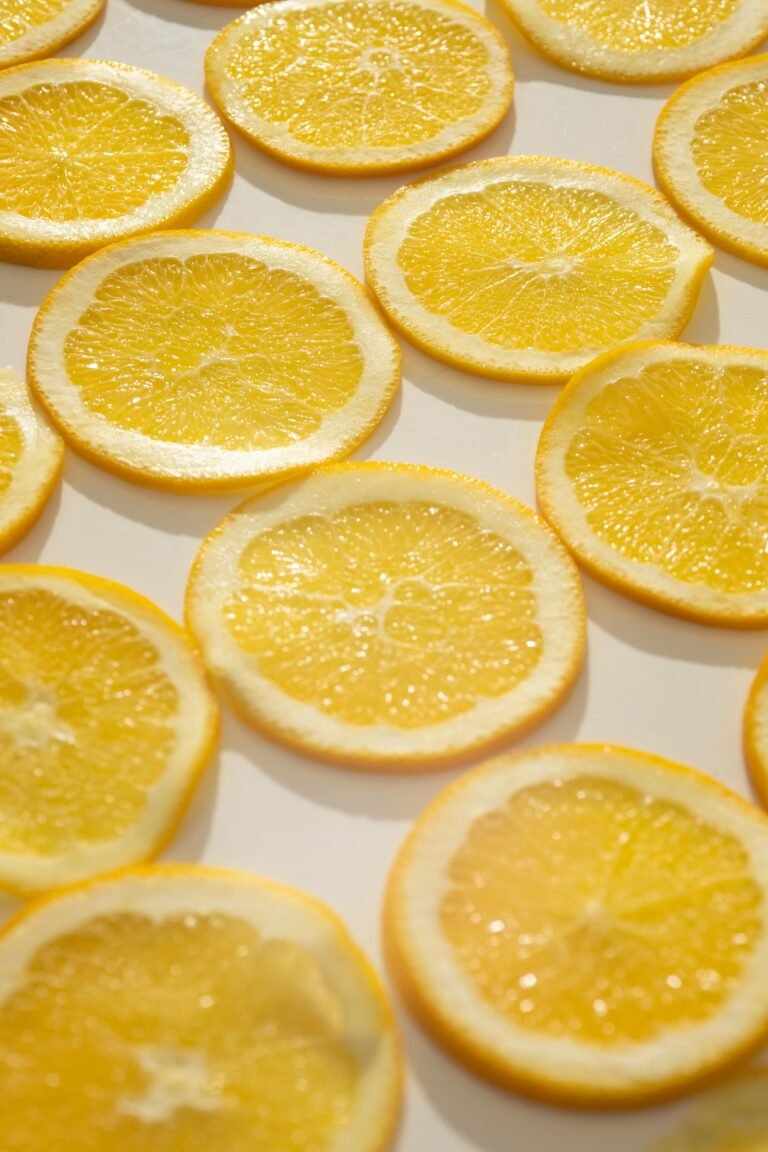The Eco-Keto or low carb vegetarian diet
The Eco-Keto diet as the name implies is a ketogenic diet, but unlike many low carb diets that focus on animal products, it is a safer but promising diet for losing weight because it is vegetarian .
One of the problems of the ketogenic diet, which as I explain in this video , however, should not be continued for a long time, is also in the quality of the food.
A lot of people who try the ketogenic diet end up eating bacon, mayonnaise, and salmon.
The Eco Keto
diet , on the other hand, provides a minimum of carbohydrates more, but is safer for the choice and quality of food. You lose 2 kilos a week by choosing foods from a list of foods, and with a scheme that I present to you on page two.
In maintenance, the grams of the foods on list one are doubled and those on list two are halved for the first two weeks (therefore the sixth and fifth). Then other foods are reintroduced. In this way, another 3-4 kilos are lost in the second month, for a total of 12 kilos in all.
Why Eco, you ask?
Because this particular ketogenic diet is designed in an ecological way, that is also with a view to reducing waste and carbon emissions, or according to the carbon foot-print.
In short, it is a way to lose weight without harming yourself and the environment.
Here’s how to do it.
THE ECO-KETO DIET: FOOD LIST
- List 1 or carbohydrates.
One hundred grams per meal (breakfast, lunch and dinner) including currants, lemon, songino, valerian, strawberries, raspberries, blueberries, courgettes, spinach, broccoli, radicchio, peppers, Brussels sprouts, bean sprouts, radishes, cucumbers, rhubarb. Or 200 grams per meal of lettuce, chicory, escarole, endive, rocket. - List 2 o fats: 100 grams per meal of avocado and fresh coconut or max 20 grams per meal of olive oil, coconut oil, margarine, linseed oil (two tablespoons) or 20 grams of seeds chia, flax seeds, coconut flour, dehydrated coconut, 90% bitter chocolate, bitter cocoa, walnuts, almonds, pistachios, peanuts, pumpkin seeds, sunflower seeds, hemp seeds.
- List 3 or proteins: 2 eggs or 100 grams of egg whites, 70 grams of tofu or tempeh, 50 grams of aged cheese of your choice, preferably sheep or goat, 60 grams of seitan or 100 grams of wheat muscle, one scoop of soy, hemp, rice or pea protein or pumpkin seed protein.
- Bonus foods: a glass of unsweetened almond milk, unsweetened hemp milk, unsweetened coconut milk (200ml) / a teaspoon of wheat germ or oats / a tablespoon of drained legumes in a jar / 50ml whole milk of goat / 50 grams of whole white Greek yogurt / a tablespoon of guacamole or hummus or vegan mayonnaise / a teaspoon of almond flour. Choose one of these meal bonus foods that can be used alone or in combination with others to create recipes.
- Free foods: shirataki, degreased coconut flour (one or two tablespoons), vinegar, spices, aromatic herbs, herbal teas, tea, coffee. See the diet diagram on page two.



























+ There are no comments
Add yours